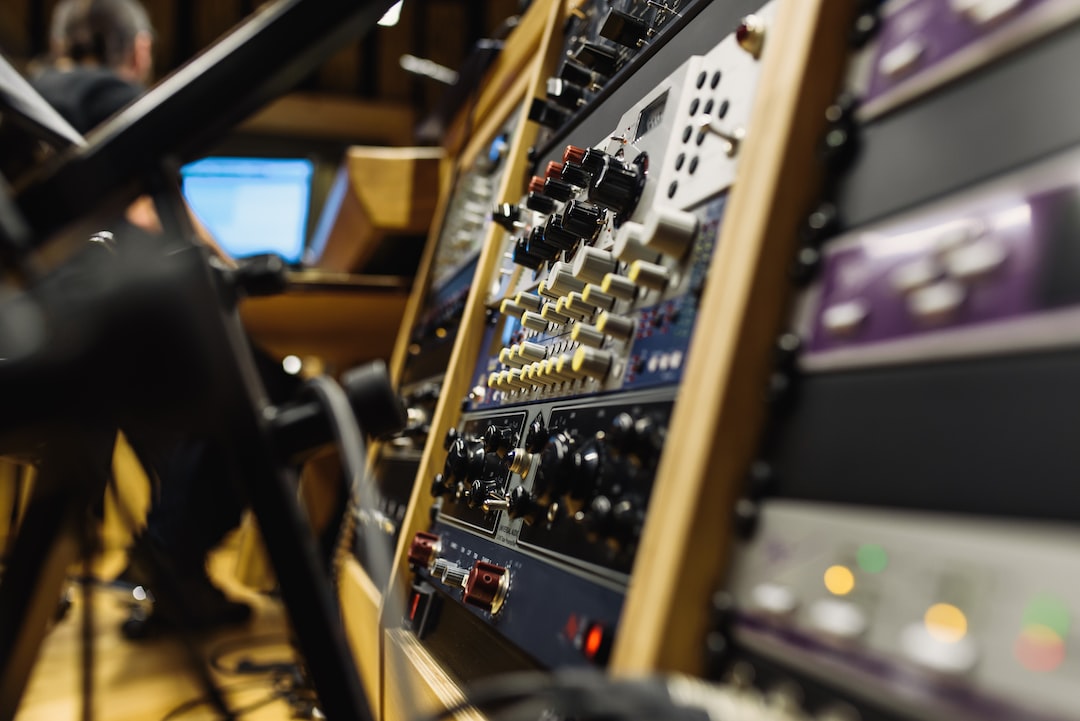Exploring the Connection Between Media and Public Opinion
Media plays a pivotal role in shaping public opinion. Through various forms of communication, including television, radio, newspapers, and the internet, media outlets have the power to influence people’s perceptions and beliefs. The impact of media on public opinion cannot be understated, as it can sway the minds of millions, shape political discourse, and even determine the outcome of elections. In this blog post, we will delve deeper into the connection between media and public opinion.
One of the main ways media influences public opinion is through agenda-setting. The media has the ability to prioritize certain issues or stories, thus determining what topics are at the forefront of public consciousness. By heavily covering specific events or topics, media outlets can shape public opinion by framing the narrative in a particular way. For example, if the media focuses extensively on stories related to crime, viewers may become more concerned about their safety and support harsher law enforcement measures.
Another way media influences public opinion is through framing. Framing refers to the way the media presents information to the public, which can influence how people perceive and interpret events. By selecting specific angles, emphasizing certain aspects, or using particular language, media outlets can shape public opinion on specific issues. For instance, if the media consistently portrays immigrants as a threat to national security, it can heighten fears among the public and fuel anti-immigration sentiments.
Furthermore, media bias also plays a significant role in shaping public opinion. Bias can occur in various forms, including political, ideological, or corporate biases. When media outlets have a vested interest in promoting a particular agenda or ideology, they may present information in a biased manner. This can lead to a distortion of facts or the omission of opposing viewpoints, which can ultimately influence public opinion in favor of a specific perspective.
Social media has emerged as a powerful tool in amplifying the connection between media and public opinion. With the rise of platforms such as Facebook, Twitter, and Instagram, individuals have become both consumers and producers of media content. Social media allows for the rapid dissemination of information and the ability to share personal opinions. However, it also facilitates the spread of misinformation, as users can easily share unverified or misleading content. This has led to the rise of echo chambers, where individuals are exposed to opinions and information that align with their existing beliefs, further polarizing public opinion.
The connection between media and public opinion becomes particularly significant during election campaigns. Political candidates heavily rely on media coverage to reach potential voters and shape their perception. Media outlets can influence public opinion by focusing on certain candidates, highlighting their strengths or weaknesses, and framing election issues in a particular way. Additionally, media coverage can also shape voter turnout and participation by influencing the perceived importance or relevance of an election.
It is crucial for individuals to critically evaluate the media they consume and be aware of its influence on public opinion. By diversifying their sources of information, researching facts, and being open to alternative perspectives, individuals can guard against the potential manipulation of media outlets. It is essential to develop media literacy skills to critically analyze the content received and separate fact from opinion.
In conclusion, media plays a significant role in shaping public opinion. Through agenda-setting, framing, and bias, media outlets can influence the beliefs and perceptions of the public. The rise of social media has further amplified this connection, allowing for the rapid dissemination of information but also the spread of misinformation. Especially during election campaigns, media coverage can heavily impact public opinion, shaping voter perceptions and influencing turnout. As consumers of media, it is crucial to be critical, diversify our sources, and be aware of the media’s potential influence on public opinion.

